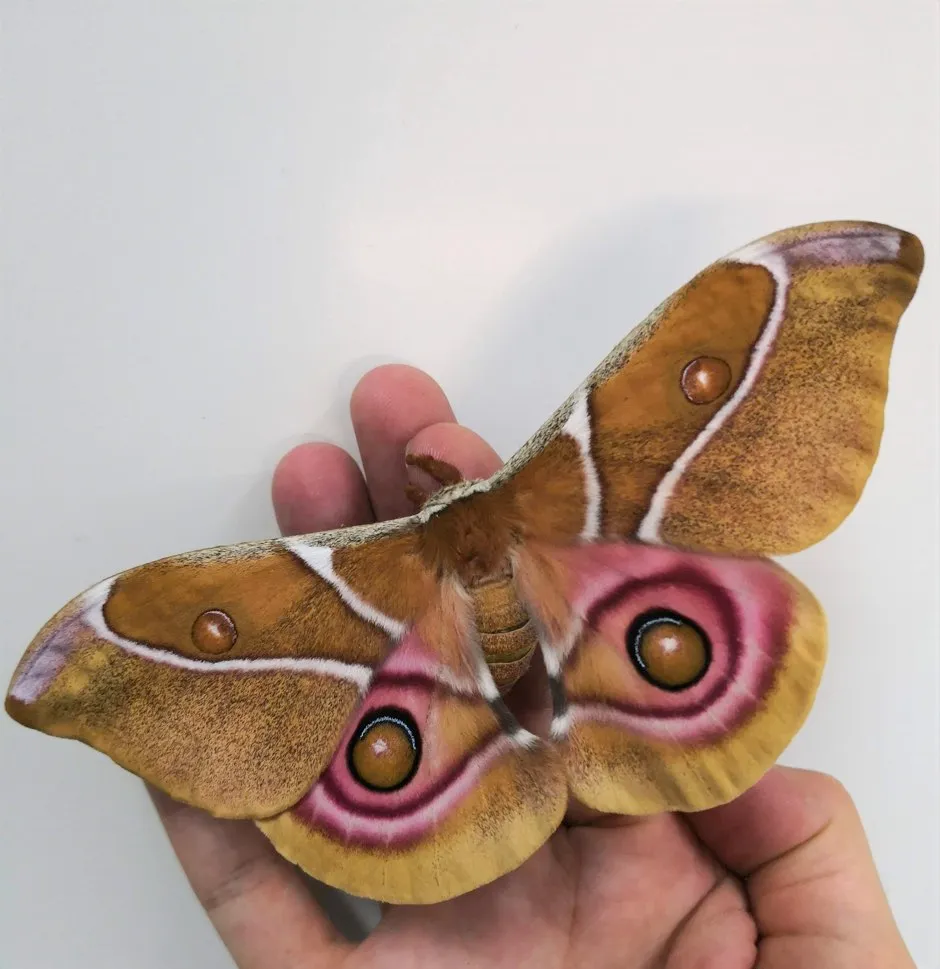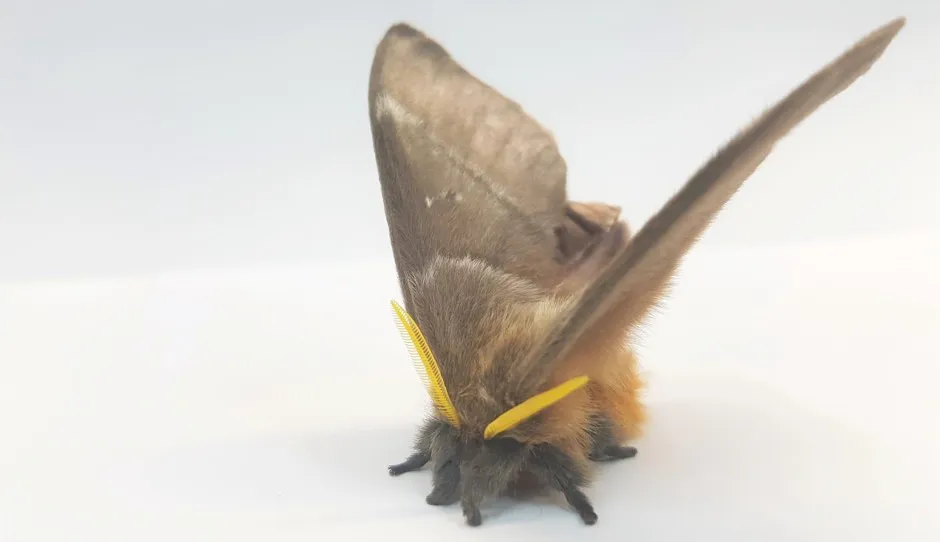- Two species of moth have 'noise-cancelling' scales which absorb up to 85 per cent of sound energy.
- These scales hide them from bats' echolocation.
- Scientists could draw inspiration from these moths to develop light, thinner sound absorbers.
Some species of deaf moths use “noise-cancelling” scales on their bodies to avoid being detected by predators, scientists have found.These hair-like growths can absorb “as much as 85 per cent of the incoming sound energy from bats”, acting as a type of “biological stealth coating”.

The researchers say their findings, published in Royal Society Interface, indicate moths unable to hear the ultrasonic calls of bats evolved this “alternative defensive strategy” for survival.They believe understanding more about these so-called noise-cancelling scales could help scientists develop new technologies for absorbing sound.
Dr Thomas Neil, a research associate from University of Bristol’s School of Biological Sciences and lead author on the study, said: “We were amazed to see that these extraordinary insects were able to achieve the same levels of sound absorption as commercially available technical sound absorbers, whilst at the same time being much thinner and lighter.
Read more about insects:
- Disgusting-tasting moths don't bother trying to escape predators
- Jewel beetles’ shimmering wings are actually a form of camouflage
“We are now looking at ways in which we can use these biological systems to inspire new solutions to sound insulating technology and analyse the scaling on a moth’s wing to explore whether they too have sound absorbing properties.”
Bats hunt at night using echolocation, where they use sound waves and echoes to determine the location of their prey.While nocturnal insects, including many moth species, evolved to hear the ultrasonic calls of bats, others, such as deaf moths, didn’t.

The team from the University of Bristol looked at two species of deaf moths – the Antherina suraka and the Callosamia promethean.They discovered the scales in the bodies of both these moths looked structurally similar to the fibres used in soundproofing technology.
The researchers then used a technique called acoustic tomography on the insects, which involved exposing them to ultrasound pulses through a loudspeaker and measuring the strength of the echoes that bounced back from their bodies.
Read more about echolocation:
They found these scales absorbed as much as 85 per cent of the incoming sound energy. The findings also showed the scales’ ability to “reduce the distance a bat would be able to detect a moth by almost 25 per cent”.
These protective scales, the researchers said, gives the moths “a significant increase” in its chances of survival.
The study was funded by the Biotechnology and Biological Sciences Research Council (BBSRC) and the Engineering and Physical Sciences Research Council (EPSRC).
Reader Q&A: If bats are blind, why do they have eyes?
Asked by: Leslie Finch, Llandysul
Despite the famous idiom, bats aren’t blind. All bats rely on sight to find food, avoid predators and navigate to and from roosts. As expected in a nocturnal mammal, their eyes are heavily loaded with photoreceptor cells called rods, which maximise their ability to see in the dark.
At night, however, most bats use echolocation to find prey – sending out ultrasonic sound waves and listening for the echoes. So bats can ‘see’ with both their eyes and their ears.
Read more:
